India Gate
The India Gate (originally called the All India War Memorial) is a war memorial located astride the Rajpath, on the eastern edge of the ‘ceremonial axis’ of New Delhi. formerly called Kingsway.
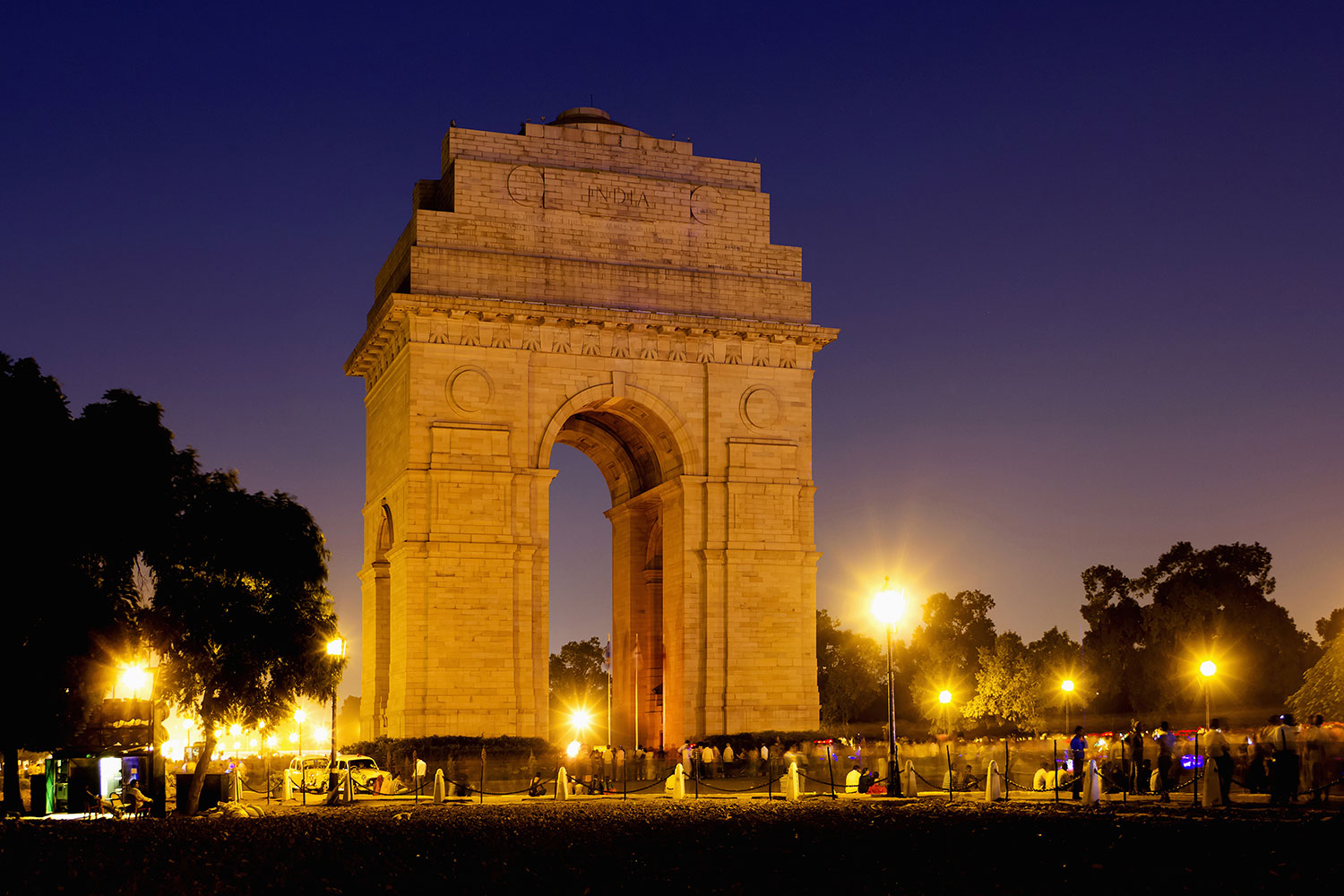
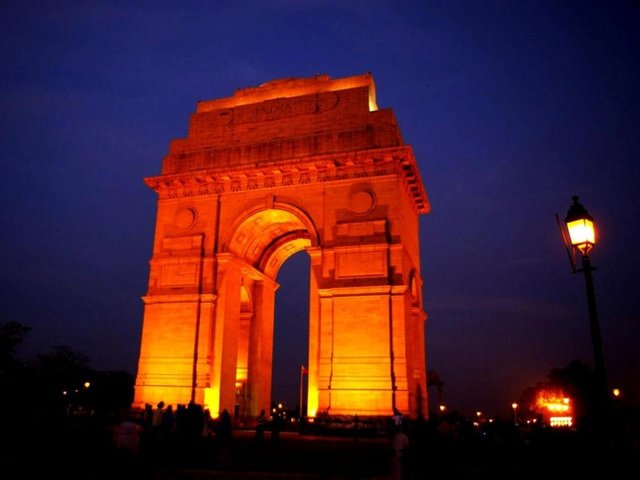
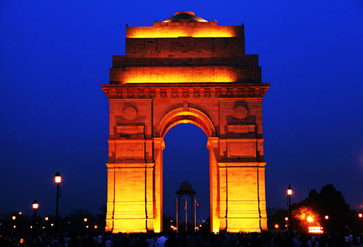
Red fort
The Red Fort is a historic fort in the city of Delhi in India. It was the main residence of the emperors of the Mughal dynasty for nearly 200 years, until 1857. It is located in the center of Delhi and houses a number of museums. In addition to accommodating the emperors and their households, it was the ceremonial and political center of the Mughal state and the setting for events critically impacting the region.
.jpg)
.jpg)
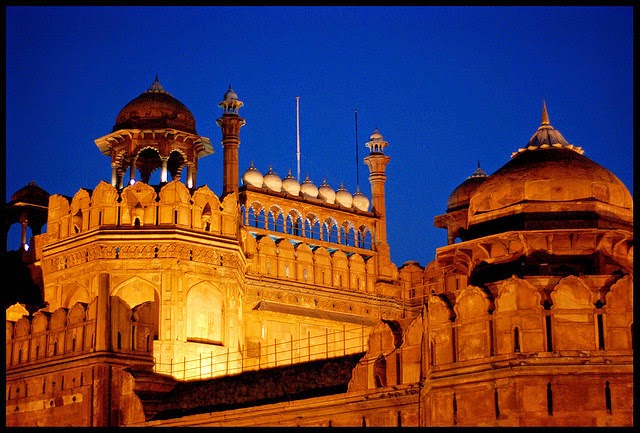
Taj Mahal
The Taj Mahal meaning Crown of the Palace is an ivory-white marble mausoleum on the south bank of the Yamuna river in the Indian city of Agra. It was commissioned in 1632 by the Mughal emperor, Shah Jahan (reigned from 1628 to 1658), to house the tomb of his favourite wife, Mumtaz Mahal. The tomb is the centrepiece of a 17-hectare (42-acre)[5] complex, which includes a mosque and a guest house, and is set in formal gardens bounded on three sides by a crenellated wall.
.jpg)
.jpg)
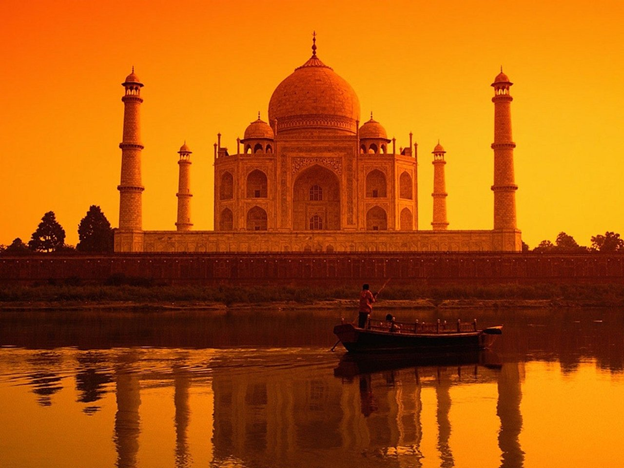
Qutub minar
The Qutub Minar (Hindi: कुतुब मिनार, Urdu: قطب مینار) is a minaret that forms part of the Qutab complex, a UNESCO World Heritage Site in the Mehrauli area of Delhi, India. Qutub Minar is a 73-metre (239.5 feet) tall tapering tower of five storeys, with a 14.3 metre (47 feet) base diameter, reducing to 2.7 metres (9 feet) at the peak. It contains a spiral staircase of 379 steps. Its design is thought to have been based on the Minaret of Jam, in western Afghanistan.
.jpg)
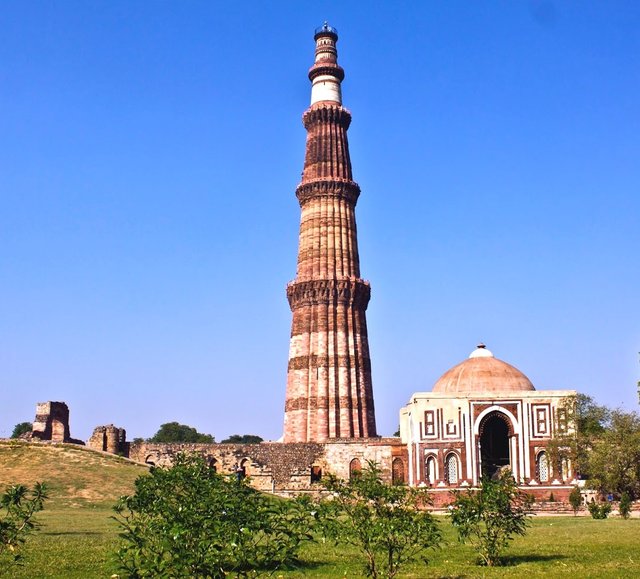
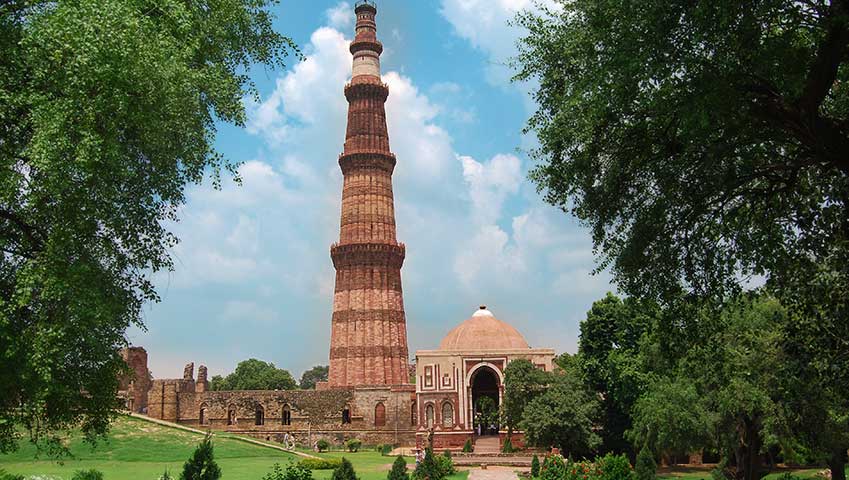
The Akbar tomb.
.jpg)
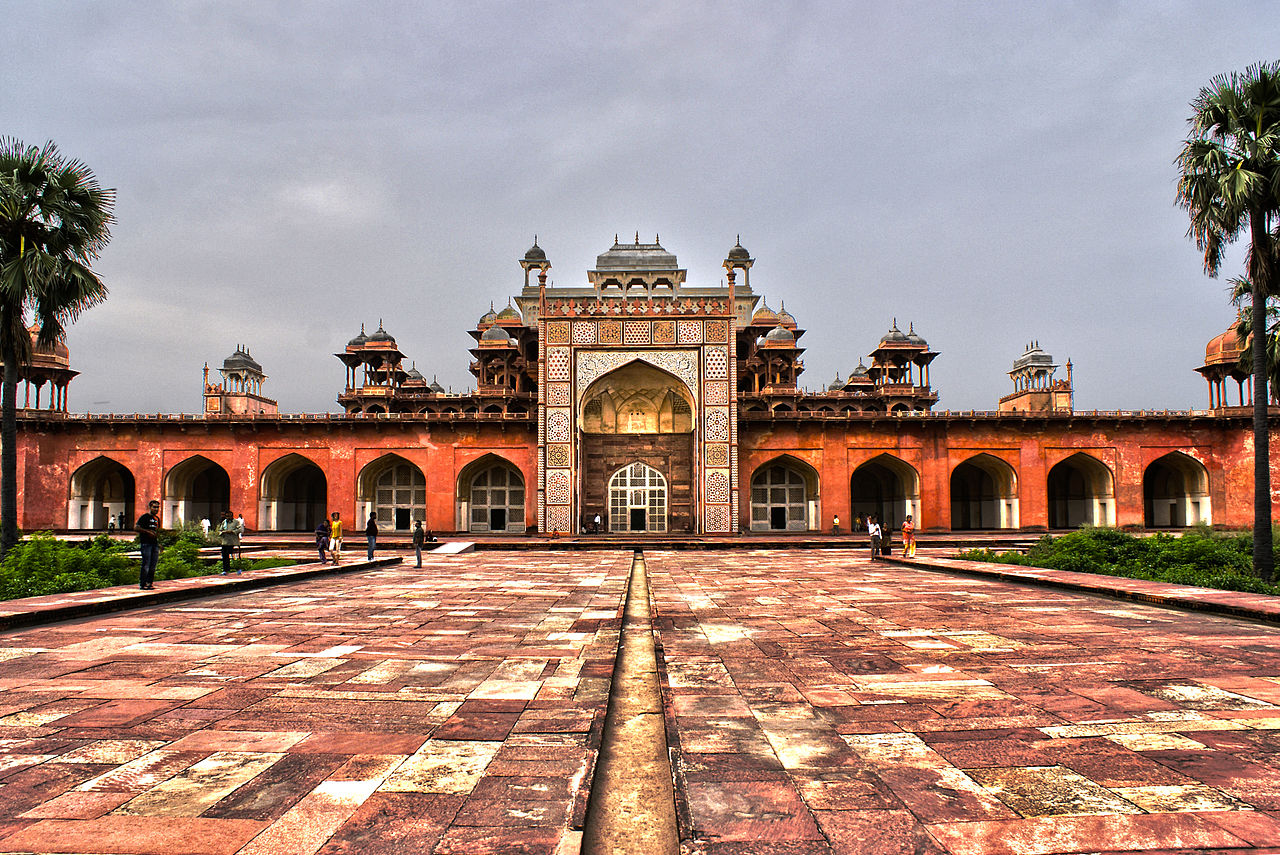
.jpg)